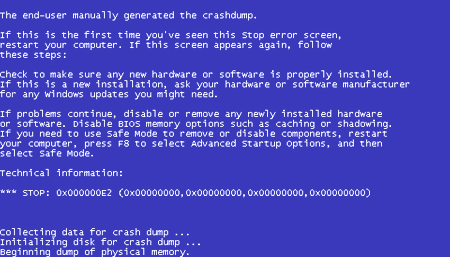In the field of program analysis, different techniques are used, usually divided into two groups: static and dynamic. Fuzzing is a dynamic technique used extensively (especially in recent years) to discover bugs in software that, with a little (bad) luck,…
In the process of converting the code from a high level language to an executable that understands our system, the linkers have a role that often goes unnoticed, but that is important to know. When we want to convert a…
High-level languages such as Javascript, Python and Ruby are mainly characterized by facilitating the development of software in a simple and intuitive way and by presenting the highest abstraction level with respect to the machine on which they are executed,…
Whether for malicious purposes, such as the case of malware authors, for corporate purposes, or for other reasons, obfuscation techniques are used to protect a program by making compiled binary static analysis more costly. Obfuscation therefore consists of transforming a…
Continuing with the previous posts where we talked about the most common forms of identity theft on the internet, and having specified the usual modus operandi from the beginning to the end, we have not come to the end to…
Denial of Service (DOS) attacks are one of the most commonly used digital “weapons” for many purposes today. Some of its uses are blackmail, control of competitors, power test or deviation of attention. The concept of denial of service is…















